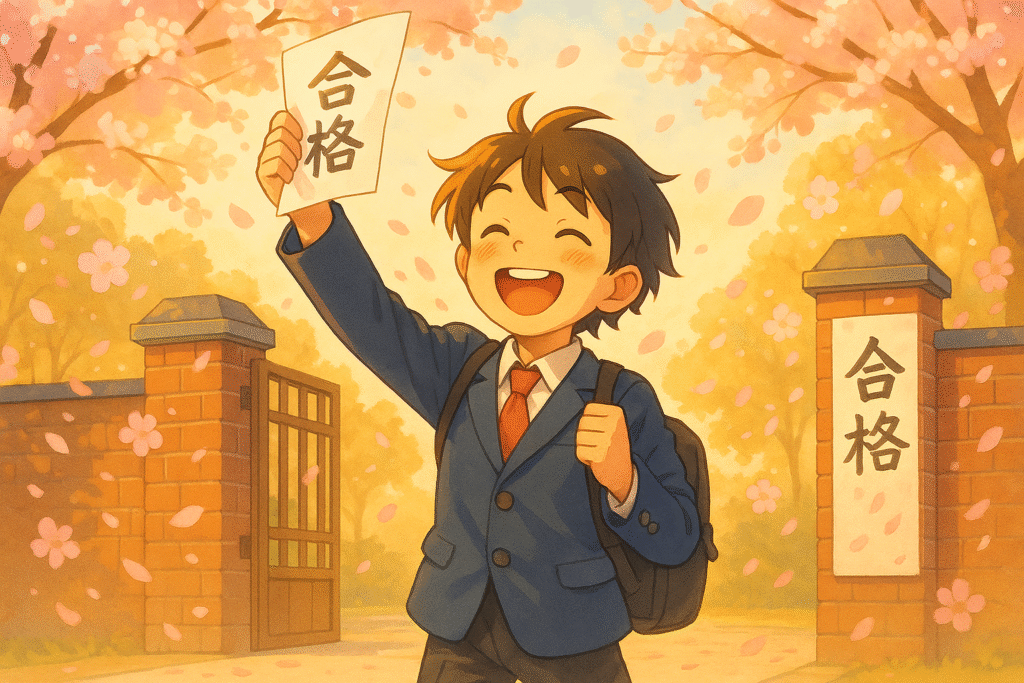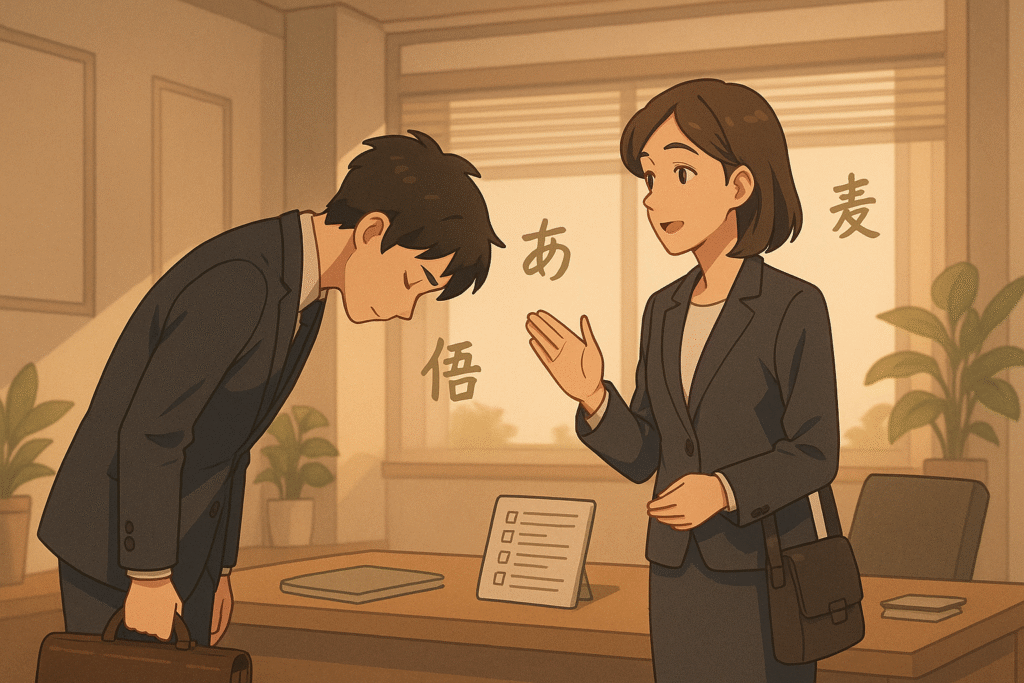Have you ever wondered how to say Japan in Japanese? Whether you’re planning a trip to this fascinating country, studying the language, or simply curious about Japanese culture, knowing how to properly refer to Japan in its native tongue is a fundamental piece of knowledge that connects you to centuries of rich heritage.
The Answer: Nihon and Nippon
Japan is called “Nihon” (にほん・日本) or “Nippon” (にっぽん・日本) in Japanese. Both terms use the same kanji characters but are pronounced differently and have subtle usage differences that reveal fascinating aspects of Japanese language and culture.
Understanding the Meaning Behind the Name
The name Japan in Japanese—whether pronounced as Nihon or Nippon—is written with two kanji characters that tell a beautiful story:
- 日 (ni/nichi) – means “sun” or “day”
- 本 (hon) – means “origin” or “root”
When combined, these characters create the poetic name “Land of the Rising Sun”—a perfect description of Japan’s geographic position relative to mainland Asia, where the sun appears to rise from the direction of the Japanese archipelago.
Nihon vs. Nippon: What’s the Difference?
While both terms refer to the same country and use identical written characters, there are important distinctions in how and when each is used:
Nihon (にほん・日本)
- More commonly used in everyday conversation
- Has a softer, more casual tone
- Preferred in informal settings and daily speech
- Pronunciation: “nee-hon” with a short, light “o” sound
Nippon (にっぽん・日本)
- Used in formal contexts and official documents
- Carries stronger nationalistic connotations
- Often heard during international sports competitions, in government contexts, or on postage stamps
- Pronunciation: “neep-pon” with a more emphasized “p” sound
How to Properly Pronounce Japan in Japanese
Learning the correct pronunciation is essential for respectful communication. Here’s a breakdown of both terms:
Pronouncing “Nihon”:
- Ni: Similar to “knee” in English
- Hon: Similar to “hone” but with a shorter “o” sound
- Together: “nee-hon”
Pronouncing “Nippon”:
- Nip: Similar to “neep”
- Pon: A short, clipped “pon” sound
- Together: “neep-pon”
Practice tip: The difference is subtle but important—in “Nippon,” there’s a slight pause between the two syllables with more emphasis on the “p” sound.
Common Phrases Using Nihon and Nippon
Everyday Phrases with Nihon
- Nihongo (日本語) – Japanese language
- “Nihongo o hanashimasu ka?” (日本語を話しますか?) – Do you speak Japanese?
- Nihonjin (日本人) – Japanese person
- “Watashi wa Nihonjin desu” (私は日本人です) – I am Japanese.
- Nihon ryori (日本料理) – Japanese cuisine
- “Nihon ryori ga suki desu” (日本料理が好きです) – I like Japanese food.
Formal Expressions with Nippon
- Nippon koku (日本国) – The state of Japan
- “Nippon koku kenpō” (日本国憲法) – The Constitution of Japan
- Nippon daihyō (日本代表) – Japan national team
- “Nippon daihyō no senshu” (日本代表の選手) – A player from the Japan national team
- Nippon ichi (日本一) – Number one in Japan
- “Kono resutoran wa Nippon ichi desu” (このレストランは日本一です) – This restaurant is the best in Japan.
Cultural Insights: When to Use Each Term
The choice between Nihon and Nippon reflects deeper cultural understandings:
- Business meetings: Nippon might be preferred in formal business settings to show respect
- Casual conversations: Nihon is more natural when chatting with friends
- Patriotic contexts: Nippon often appears in national anthems and patriotic speeches
- Brand names: Many Japanese companies use “Nippon” in their official names to convey tradition and prestige
As you continue your Japanese language journey, understanding these nuances will help you communicate more effectively and show cultural awareness. For instance, our Peace in Japanese guide similarly explores cultural nuances in Japanese expressions.
Want to explore Japan’s culture?
Discover Japan’s rich culture, traditions, and hidden gems with our expertly crafted guides. Get insider tips on travel, food, and history. All for free!
How to Write Japan in Japanese
Learning to write “Japan” in Japanese offers insight into the beautiful Japanese writing system:
In Kanji (Chinese Characters):
- 日本 – The standard way to write Japan in formal contexts
In Hiragana (Phonetic Script):
- にほん (Nihon) – A more casual written form
- にっぽん (Nippon) – Notice the small “っ” which indicates a slight pause
In Romaji (Latin Alphabet):
- Nihon or Nippon – Used primarily for foreign learners
Writing these characters correctly is an important step in your Japanese language journey. If you’re serious about mastering Japanese, consider checking out our comprehensive JLPT N5 Study Guide which covers essential writing, reading, and listening skills for beginners.
Common Contexts for Using “Japan” in Japanese
Understanding when and how to use these terms enhances your cultural fluency:
- When introducing yourself: “Watashi wa Nihon kara kimashita” (私は日本から来ました) – I came from Japan
- When discussing geography: “Nihon wa shima kuni desu” (日本は島国です) – Japan is an island country
- When expressing pride: “Nippon no bunka ga daisuki desu” (日本の文化が大好きです) – I love Japanese culture
For those interested in Japanese mythology, our article on Japanese Lucky Symbols explores cultural elements that have shaped Japanese identity for centuries.
Tips for Japanese Language Learners
When learning how to say Japan in Japanese, remember these key points:
- Listen carefully to native speakers to catch the subtle difference between Nihon and Nippon
- Practice context-appropriate usage rather than randomly choosing between the terms
- Learn the kanji (日本) to recognize Japan in written form
- Connect with Japanese culture through understanding the meaning behind these words
As you advance in your studies, you’ll discover more fascinating aspects of Japanese language and culture. Our guide on Japanese Good Luck Phrases can help you expand your vocabulary with culturally significant expressions.
Conclusion
Learning how to say Japan in Japanese—whether as Nihon or Nippon—is more than just memorizing vocabulary; it’s a window into Japanese cultural identity and linguistic nuance. Both terms reflect Japan’s rich heritage as the “Land of the Rising Sun” while serving different communicative purposes in modern Japanese society.
By understanding when to use each term, you demonstrate respect for and knowledge of Japanese culture, enhancing your language skills and cultural sensitivity. Whether you’re planning a trip to Japan, studying the language, or simply broadening your global awareness, this knowledge connects you to one of the world’s most fascinating cultures.
Ready to take your Japanese learning further? Consider our comprehensive JLPT N5 Study Guide to build a solid foundation in Japanese language skills.
Frequently Asked Questions
How does Japan say Japan?
Japan calls itself Nihon (日本) or Nippon (日本), with Nihon being more common in everyday speech and Nippon often used in formal or patriotic contexts.
What’s the difference between Nihon and Nippon?
Both refer to Japan and use the same kanji (日本), but Nihon is more casual and commonly used in daily conversation, while Nippon is more formal and often used in official contexts or to express national pride.
How do you write Japan in Japanese hiragana?
In hiragana, Japan is written as にほん (Nihon) or にっぽん (Nippon).
Why is Japan called the “Land of the Rising Sun”?
The kanji for Japan (日本) literally mean “sun origin,” reflecting Japan’s position east of the Asian mainland where the sun appears to rise.
Is there a regional difference in how people say Japan in Japanese?
No, the terms Nihon and Nippon are used throughout Japan, with the choice between them based on context rather than region.
When should I use “Nippon” instead of “Nihon”?
Use Nippon in formal situations, official documents, when expressing patriotism, or in sports contexts. Use Nihon for everyday conversation.
How old are the terms “Nihon” and “Nippon”?
Both terms have been used for centuries. Historical documents show these names being used since at least the 7th century CE.
What do the kanji characters in Japan’s name mean?
The kanji 日 (ni) means “sun” or “day,” and 本 (hon) means “origin” or “root,” together creating the image of the rising sun.
Love Japan? Stay in the Loop!
Get the best of Japan straight to your inbox: language, culture & travel insights!




